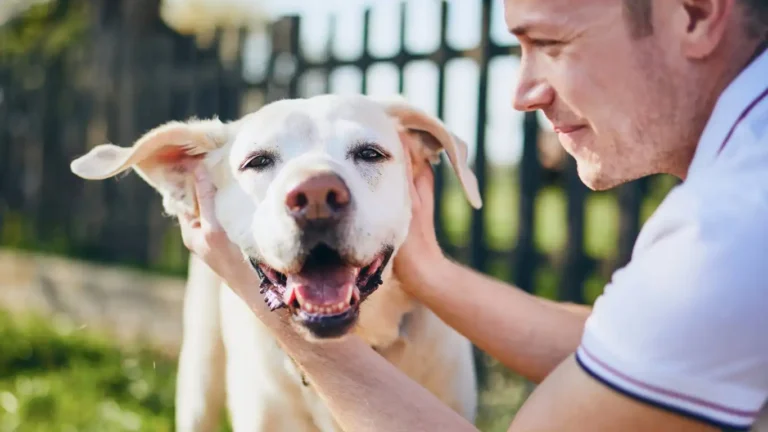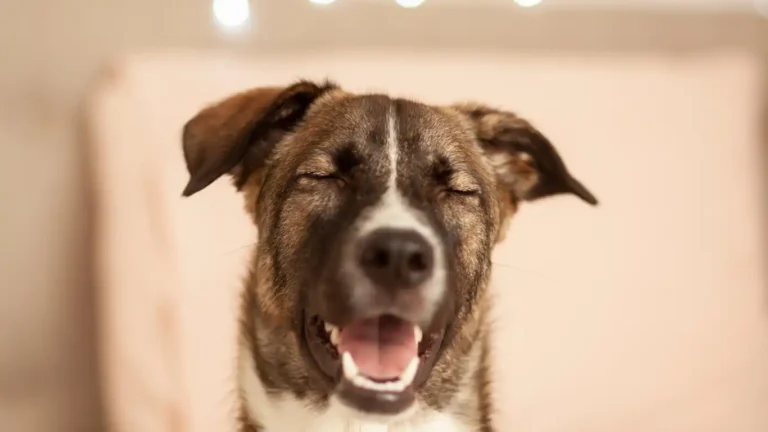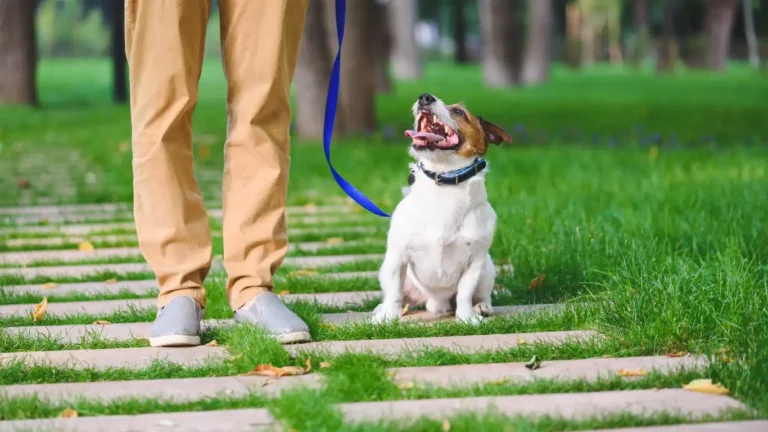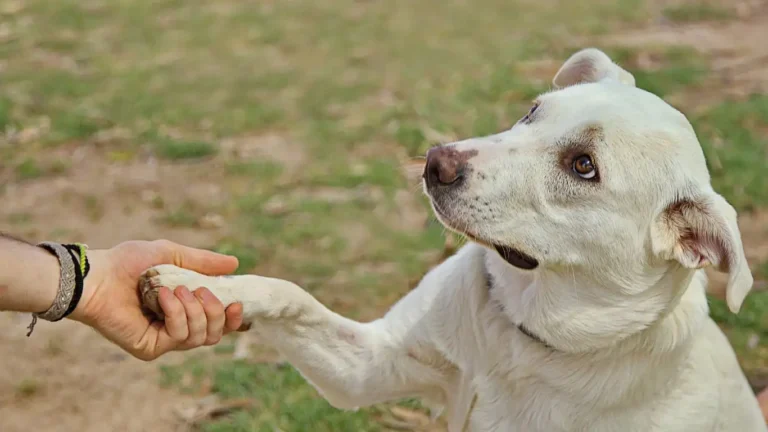Best Ways to Stop a Dog from Chewing Furniture Fast and Effectively
As a Veterinary Technician with a focus on nutrition, I’ve encountered many dogs that chew furniture, and believe me, it’s a common struggle for pet owners. Whether your dog is a puppy testing boundaries or an older dog dealing with anxiety or boredom, chewing on furniture can be incredibly frustrating. Not only does it lead to expensive damage, but it also poses a risk to your dog’s health if they swallow parts of wood, fabric, or foam. In this article, we’ll dive into the best ways to stop a dog from chewing furniture—from understanding the reasons behind the behavior to practical tips that you can start implementing today. It’s not all about scolding; it’s about understanding and redirecting that chewing energy in a healthier direction.
Why Do Dogs Chew Furniture?
Before you start trying to correct your dog’s chewing behavior, it’s essential to understand why they do it. Dogs don’t chew on furniture just to annoy you (well, mostly). Chewing is a natural behavior for dogs, and it can be influenced by a range of factors. Let’s look at a few of the most common reasons.
Teething Puppies
If you have a puppy, teething is probably one of the biggest reasons for their chewing spree. Puppies go through a teething phase that usually starts around 3-4 months of age and can last until they’re about 6 months old. During this time, they need to chew to relieve discomfort from their emerging adult teeth. Think of it as their version of teething rings!
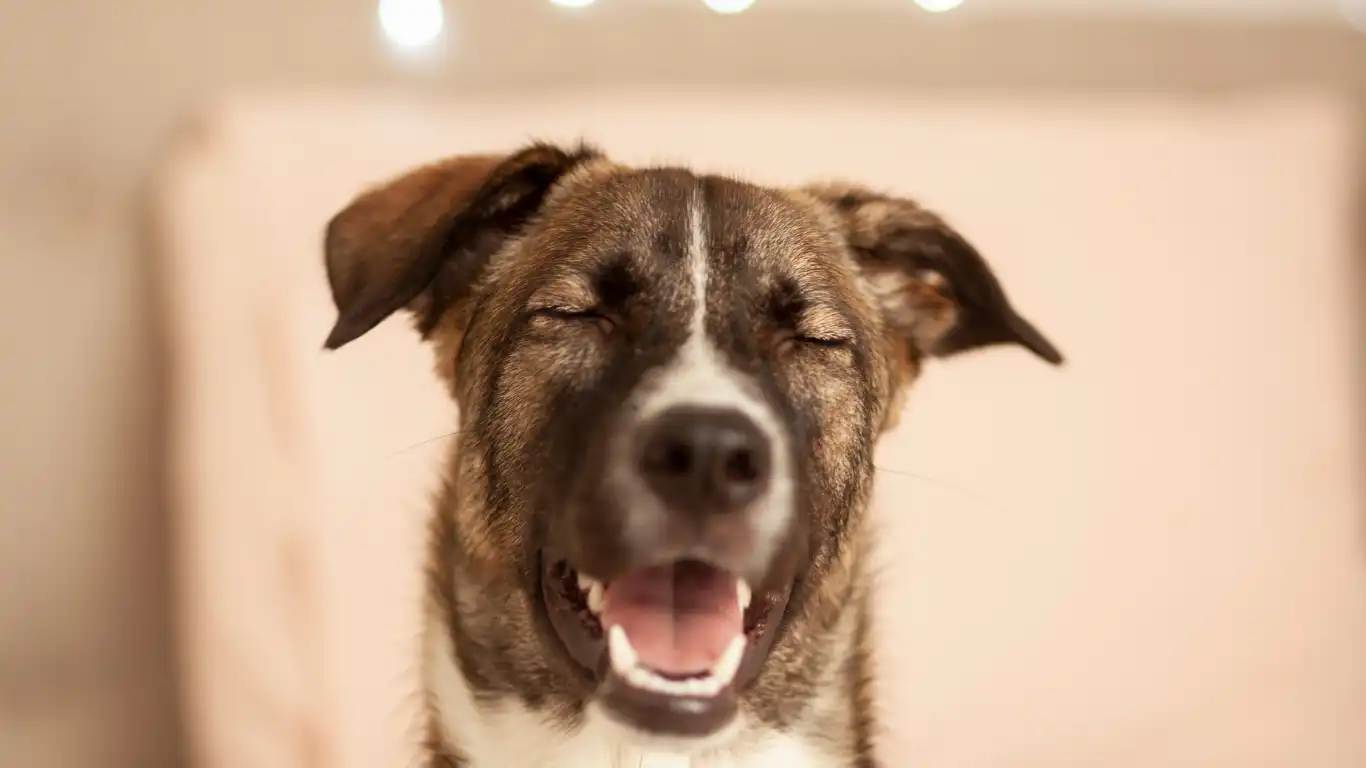
Separation Anxiety
Another common cause of destructive chewing is separation anxiety. Dogs are social animals, and they form strong attachments to their owners. When left alone, especially for long periods, they can experience stress and anxiety. Chewing furniture can be a way for dogs to self-soothe. Unfortunately, this can lead to significant damage to your home.
Boredom or Lack of Mental Stimulation
Let’s face it: dogs need mental stimulation just as much as they need physical exercise. A bored dog is more likely to find their own form of entertainment—and that often includes chewing on anything they can get their paws on. If your dog isn’t getting enough playtime, exercise, or attention, furniture becomes an easy target for their pent-up energy.
Hunger or Nutritional Deficiencies
Dogs that aren’t getting the right balance of nutrients in their diet may chew on furniture in an attempt to satisfy nutritional cravings. Some dogs chew because they’re not getting enough fiber, minerals, or specific vitamins. In these cases, offering high-quality dog food or even incorporating dog-safe chew toys into their diet could help curb this behavior.
How to Stop Your Dog from Chewing Furniture
Now that you understand why your dog might be chewing furniture, let’s dive into some practical, effective solutions. From training techniques to lifestyle changes, there are plenty of ways to tackle this issue head-on.
1. Provide Appropriate Chew Toys
One of the simplest and most effective solutions to prevent your dog from chewing furniture is to give them something they’re allowed to chew on. The key is to make sure the toys are appealing enough that your dog prefers them over your couch or shoes!

Try a variety of textures, shapes, and sizes to see what your dog likes best. Rubber toys, bone-shaped chews, and even interactive puzzle toys can be great options. Just make sure they’re durable and safe for your dog’s size and chewing strength.
2. Use Positive Reinforcement
Rather than focusing on punishment when your dog chews on the furniture, try a positive reinforcement approach. When your dog chews on an appropriate toy or behaves correctly, reward them with praise, treats, or extra playtime. This creates a positive association with the right behavior and helps your dog learn what’s acceptable.
For example, every time your dog shifts their focus from the couch to their chew toy, reward them immediately. Eventually, they’ll start to associate the toys with rewards, and the furniture will become less appealing.
3. Crate Training
While this might not be a long-term solution for every situation, crate training can help manage a dog’s destructive behavior, especially when you are away. If your dog’s chewing is driven by separation anxiety, crating them while you’re gone can help prevent furniture damage and keep them safe. Be sure to make the crate a comfortable, cozy space that your dog sees as a positive environment, not a punishment.
Gradually increase the time your dog spends in the crate to help them adjust. And make sure they have access to safe chew toys while in their crate, so they aren’t tempted to chew on the crate itself!
4. Provide Enough Exercise and Mental Stimulation
A tired dog is less likely to chew destructively. If your dog isn’t getting enough physical and mental stimulation, they’ll look for ways to entertain themselves, which often leads to chewing. Be sure to take your dog for daily walks, play fetch, and incorporate brain games like puzzle toys or scent tracking. This not only helps with chewing behavior but also improves their overall well-being.
Incorporating Dietary Changes
If your dog’s chewing could be related to nutritional deficiencies, make sure their diet is balanced and complete. Consult your veterinarian about your dog’s nutritional needs and consider switching to a high-quality dog food that provides the essential vitamins and minerals they need for good health.
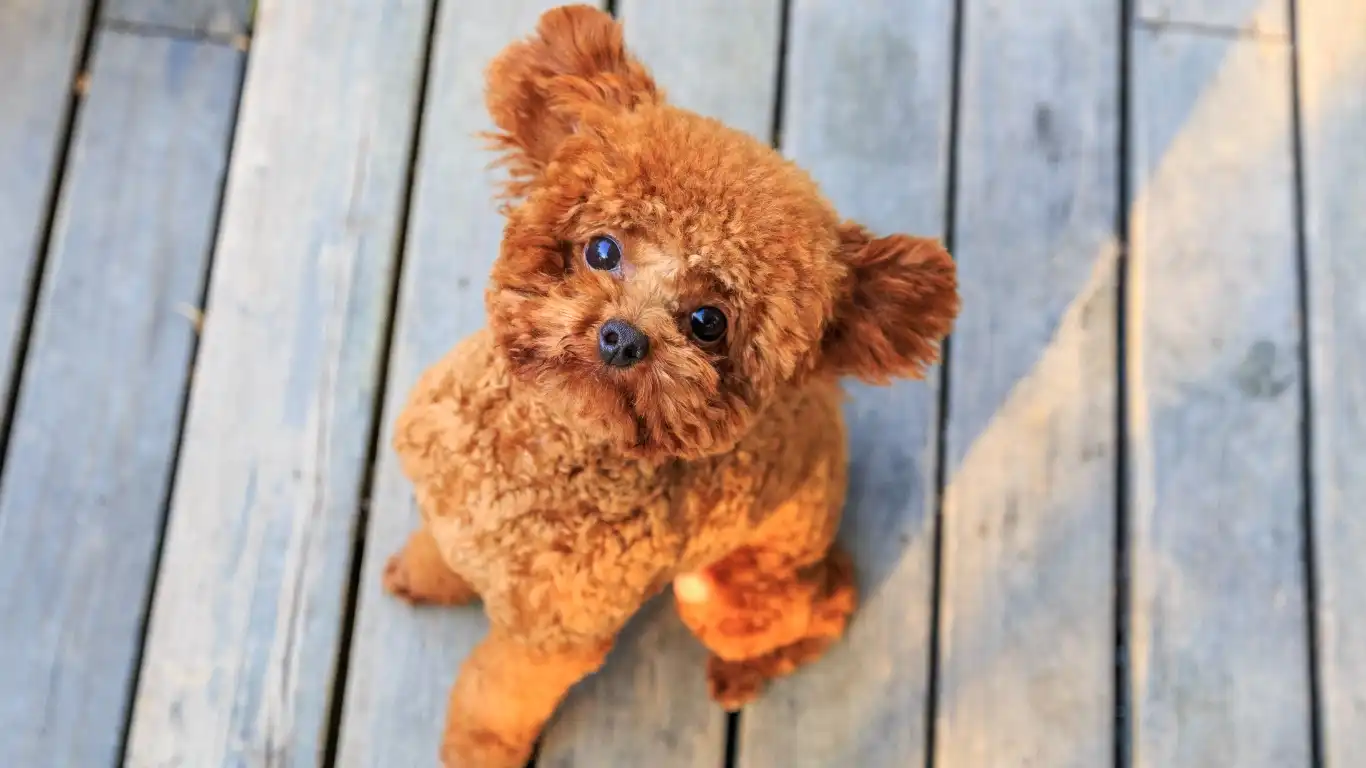
Sometimes, adding fiber-rich treats or chewable supplements specifically designed to reduce chewing can help. Always check with your vet to ensure that your dog’s diet is well-rounded and healthy, and make changes gradually to avoid upsetting their stomach.
Using Deterrents to Curb Furniture Chewing
While providing chew toys and exercising your dog are essential, sometimes a little extra help is needed to keep them away from the furniture. In this section, let’s talk about some deterrents that can help break the habit. These methods are often an effective short-term solution, especially when used in combination with the strategies we’ve already discussed.
1. Taste Deterrents
One of the most commonly used methods to stop a dog from chewing furniture is to apply taste deterrents to the areas they’re most interested in. There are sprays available on the market that taste bitter or unpleasant to dogs but are completely harmless. These sprays can be applied to furniture, baseboards, or any other area your dog likes to chew.
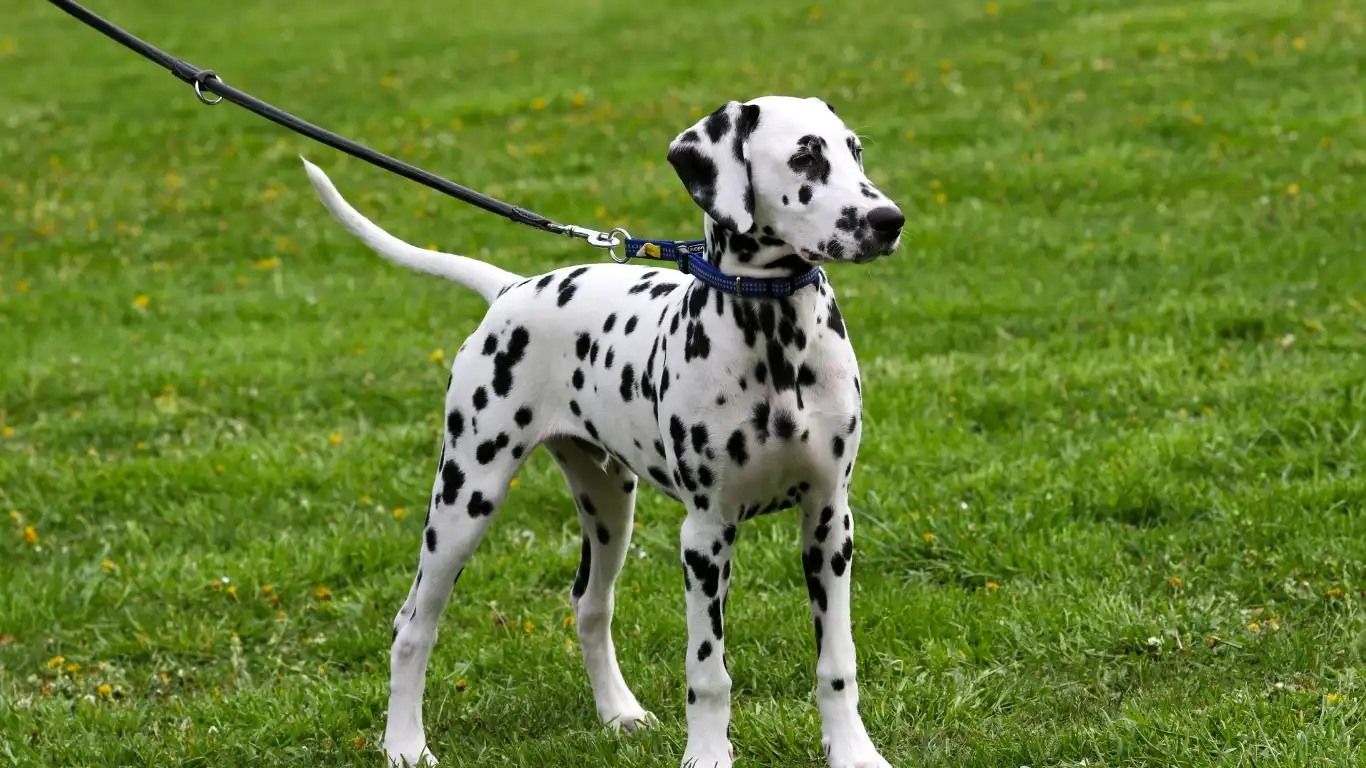
In my experience, these sprays can be highly effective, especially with puppies who are still learning the boundaries of what they can and can’t chew. However, not all dogs are deterred by these tastes, so it might take some trial and error to find a deterrent that works. Also, make sure to follow the instructions on the label to avoid any damage to your furniture or other items in your home.
2. Citrus and Vinegar Mix
If you’re looking for a natural alternative, you can create your own deterrent spray by mixing equal parts of water and either lemon juice, vinegar, or both. Dogs typically dislike the smell of citrus and vinegar, so spraying this mixture on your furniture can help teach them that chewing on it is not a pleasant experience.
This homemade spray has the bonus of being non-toxic and budget-friendly. However, it’s important to test it on a small area of your furniture first to ensure that the mix doesn’t cause any staining or damage to the fabric or wood. In some cases, dogs might not be put off by the scent, but it’s a great option for those looking for a more natural remedy.
Setting Boundaries and Training Your Dog
Along with deterrents, teaching your dog the boundaries of your home is crucial. Training can take time and patience, but it’s one of the most effective long-term solutions to prevent destructive chewing.
1. Redirecting Their Focus
If you catch your dog in the act of chewing on the furniture, immediately redirect their attention to something they can chew on. It might take a few tries, but with consistency, your dog will start to associate their chew toys with positive reinforcement and start ignoring the furniture.
For example, if your dog starts gnawing on the edge of your couch, calmly walk over and gently take their attention away from the couch. Offer them a toy and praise them when they focus on it instead. With time, this positive reinforcement will help your dog learn which items are acceptable to chew on.

2. Basic Commands for Better Control
Training your dog to respond to basic commands such as “leave it” or “no chew” can be a game-changer when it comes to managing chewing behavior. These commands help you maintain control of the situation and provide an opportunity to teach your dog to stop chewing when asked. You can teach these commands through positive reinforcement and consistent practice.
For instance, every time your dog tries to chew something they shouldn’t, use the “leave it” command. When they stop and look at you, reward them with a treat or praise. This helps your dog understand what’s expected of them and reinforces good behavior.
3. Crate Training for Better Supervision
As mentioned earlier, crate training can be a great way to manage destructive chewing, especially when you’re not around to supervise. By keeping your dog in a crate when you’re away or unable to supervise them, you can prevent them from chewing on furniture and reduce the risk of developing bad habits.
It’s important that your dog sees the crate as a positive, safe space. If you use the crate as a punishment, it could lead to anxiety or frustration, which might make the problem worse. Make sure to gradually increase their crate time and always include comfortable bedding and toys inside.
Providing Enough Exercise and Mental Stimulation
We can’t stress enough how important exercise and mental stimulation are for dogs. If your dog is getting plenty of physical activity, they’re less likely to turn to your furniture as an outlet for their energy. But it’s not just about taking them on a daily walk—dogs need variety and mental stimulation to keep them engaged and happy.
1. Playtime and Games
Try incorporating different types of play to mix things up. Dogs love fetch, tug-of-war, and even hide-and-seek games. These activities provide both physical exercise and mental stimulation, which helps tire them out in a healthy way. If your dog is more mentally inclined, consider puzzle toys that challenge them to figure out how to get a treat or toy out of a contraption. These can be a great distraction and will also help develop your dog’s problem-solving skills.
On top of games, engaging your dog in short training sessions throughout the day can help keep their minds sharp. If you work with your dog on learning new tricks or commands, they’ll feel mentally satisfied and less likely to engage in destructive behaviors.
2. Interactive Toys
Interactive toys are another fantastic way to provide mental stimulation. Toys that dispense treats or require your dog to work for their rewards can keep them busy for hours. These toys encourage problem-solving and give your dog something to focus on rather than your furniture.
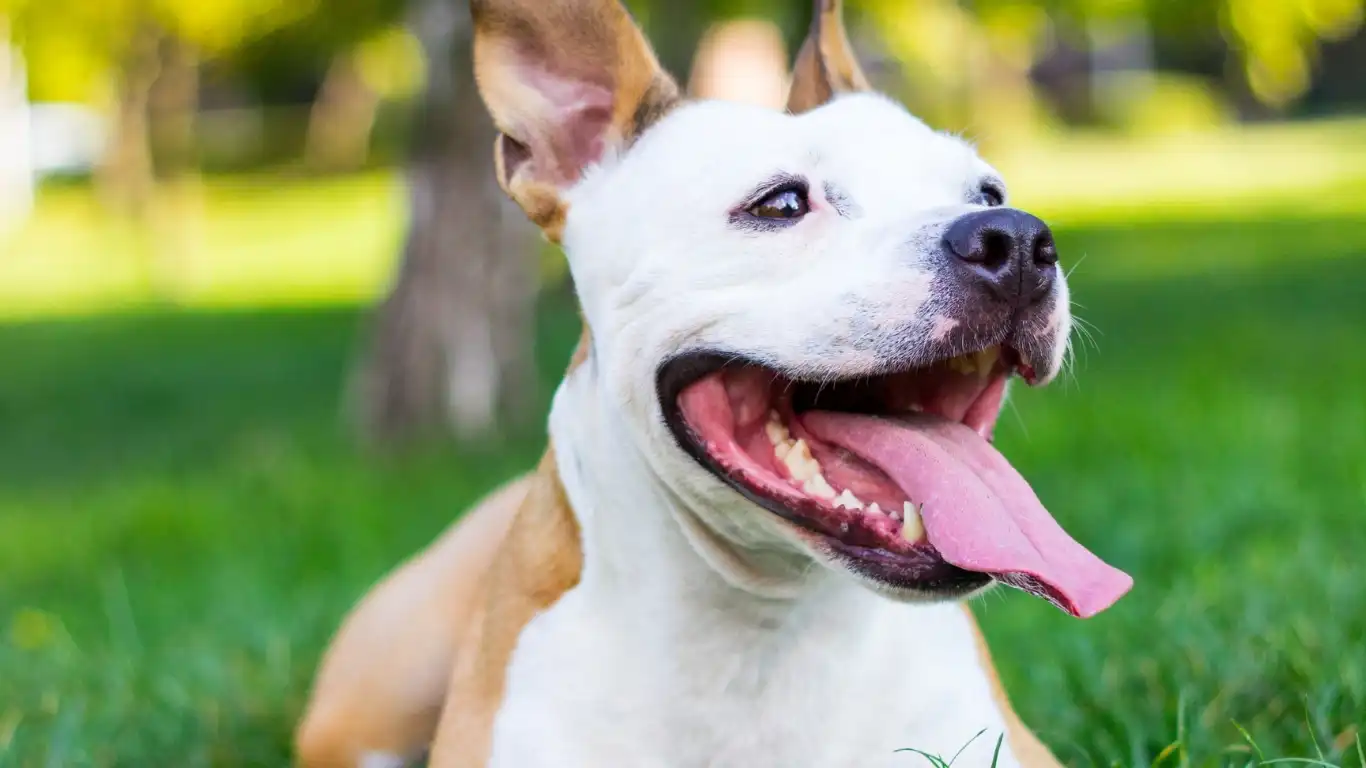
If your dog is chewing out of boredom, an interactive toy can offer a much-needed distraction and help release that pent-up energy in a more appropriate way. The more engaged your dog is with toys that require their attention, the less likely they’ll turn to your furniture for entertainment.
When to Seek Professional Help
Sometimes, despite your best efforts, your dog’s chewing behavior can persist. If you’ve tried all the training methods, deterrents, and lifestyle changes, and your dog is still chewing furniture excessively, it might be time to consult a professional. There are several reasons why you might need help from a professional trainer or a veterinary behaviorist, so let’s dive into when to seek professional advice and what you can expect from those consultations.
1. Persistent Chewing Due to Anxiety
If your dog’s chewing behavior is deeply tied to separation anxiety, it can be especially tough to manage. Dogs suffering from anxiety often chew as a form of self-soothing, but no matter how many chew toys you give them, they may still target your furniture or other personal belongings. This is when professional help can be invaluable. A veterinary behaviorist can evaluate the situation and develop a behavior modification plan tailored to your dog’s specific needs.
In my experience, when anxiety is the root cause, it often requires a mix of training, medication, and lifestyle changes. A vet may recommend anti-anxiety medication to help your dog manage their stress levels, along with behavioral therapy to reduce the destructive chewing. It’s a process that takes time and patience, but with the right approach, you can help your dog feel more secure.
2. Inability to Identify the Underlying Cause
If you’re not sure what’s triggering your dog’s chewing habit—whether it’s boredom, nutritional deficiencies, or something else—this is another great reason to seek a professional’s help. A vet can help rule out medical conditions or nutritional deficiencies that might be contributing to your dog’s chewing behavior. They can also help you better understand your dog’s behavior and develop a comprehensive plan to address the issue.
For instance, some dogs chew due to discomfort caused by dental issues or even gastrointestinal problems. A vet can perform tests and identify whether there’s an underlying health issue that needs to be addressed, such as dental disease, nutritional imbalance, or a digestive disorder.
Creating a Dog-Friendly Home to Prevent Chewing
As much as you may love your dog, sometimes the best way to protect your furniture is by creating a more dog-friendly environment. This doesn’t mean your entire home has to be dog-proofed, but there are small changes you can make to reduce the chances of your dog turning to the furniture when they’re feeling curious or bored.
1. Safe Spaces for Your Dog
One of the simplest ways to manage chewing is by creating designated areas in your home where your dog can relax and explore. For example, you can set up a cozy corner with their bed, toys, and maybe even a blanket or two. By providing a designated safe space, your dog will have a place to retreat to, and it’ll reduce the likelihood of them seeking out furniture for comfort or entertainment.
If your dog spends a lot of time in certain areas of the home, make sure those areas are stocked with chew-friendly items. A blanket, dog bed, and a few toys will give your dog something to focus on besides the couch or table legs.
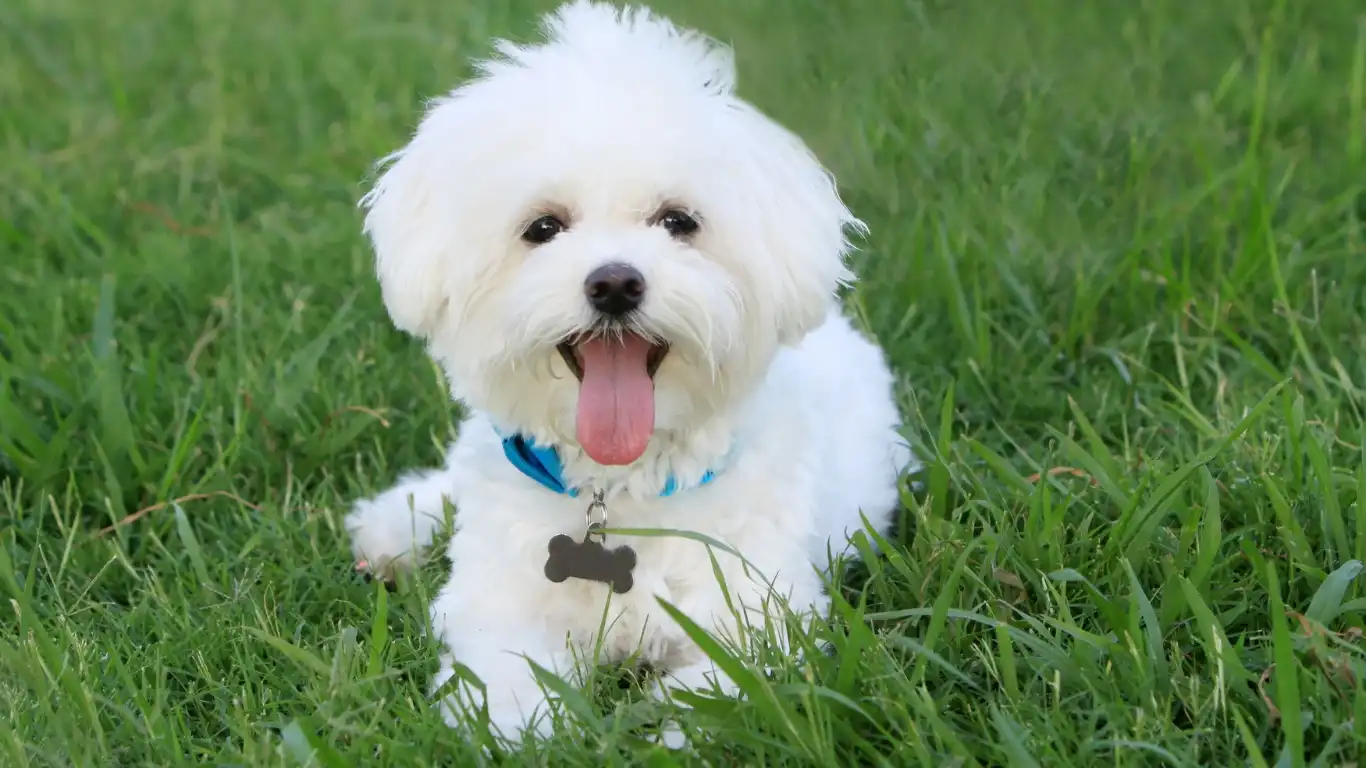
2. Keep Furniture Out of Reach
If your dog seems particularly drawn to a specific piece of furniture, one easy way to prevent them from chewing it is to block access to that area. Try using baby gates, playpens, or even furniture covers to keep your dog from getting to their target. You could also consider rearranging furniture so that your dog has less access to the areas they tend to chew.
Though this won’t solve the underlying problem, it can be a helpful short-term solution while you work on other methods, like training or using deterrents. Plus, it gives you some peace of mind knowing that your furniture isn’t going to get chewed up in the meantime.
3. Dog-Proofing Your Home
Another effective method to prevent your dog from chewing furniture is to dog-proof the areas where they spend the most time. This means removing items that could be chewed or damaged, and making sure the furniture that’s within reach is sturdy and less appealing to your dog. For example, consider covering delicate furniture with slipcovers or using protective sprays to make your furniture less inviting.
Also, consider investing in durable dog-friendly furniture, such as tough, chew-resistant fabrics, or even outdoor furniture that can withstand a bit of chewing without damage. While it’s not always necessary to go this route, it’s a good idea if you have a particularly destructive chewer in the house.
Dietary and Health Considerations
Sometimes, chewing behavior is linked to health and dietary issues, so addressing your dog’s overall well-being is crucial in curbing destructive chewing. Let’s explore how a proper diet can play a role in managing chewing behavior, as well as other health factors that may be contributing to your dog’s actions.
1. Check for Nutritional Deficiencies
If your dog is constantly chewing on furniture or household items, it may be due to a lack of certain nutrients in their diet. Some dogs chew out of frustration when they’re not getting enough of the right nutrients. A diet that’s balanced and full of all the essential vitamins and minerals can help alleviate this behavior.
Consulting with your vet is a good idea to make sure your dog’s diet is up to par. They may recommend specific food brands or supplements to ensure your dog gets the right nutrients. Sometimes, adding fiber or probiotics can help with digestion, while other dogs may benefit from higher protein or fat content depending on their breed, size, and activity level.
2. Consider Natural Chew Alternatives
If your dog’s chewing habits are tied to a desire to chew something, consider giving them healthier, safer alternatives. Natural chews like bully sticks, antlers, or dehydrated bones are excellent options. Not only do they provide your dog with something to chew, but they’re also more durable and can last a lot longer than typical toys.
Again, it’s important to make sure the chew is the right size for your dog. A smaller chew could easily break off and cause choking, while a larger one might be difficult for a small dog to manage. Always supervise your dog while they enjoy these treats to ensure they’re chewing safely.
References
For more information about dog training, nutrition, and behavioral advice, you can check out these reliable resources:
Disclaimer
The information provided in this article is for informational purposes only and is not intended as a substitute for professional veterinary or training advice. If your dog’s behavior persists or worsens, please consult with a licensed veterinarian or professional dog trainer for a proper diagnosis and treatment plan tailored to your pet’s needs.

